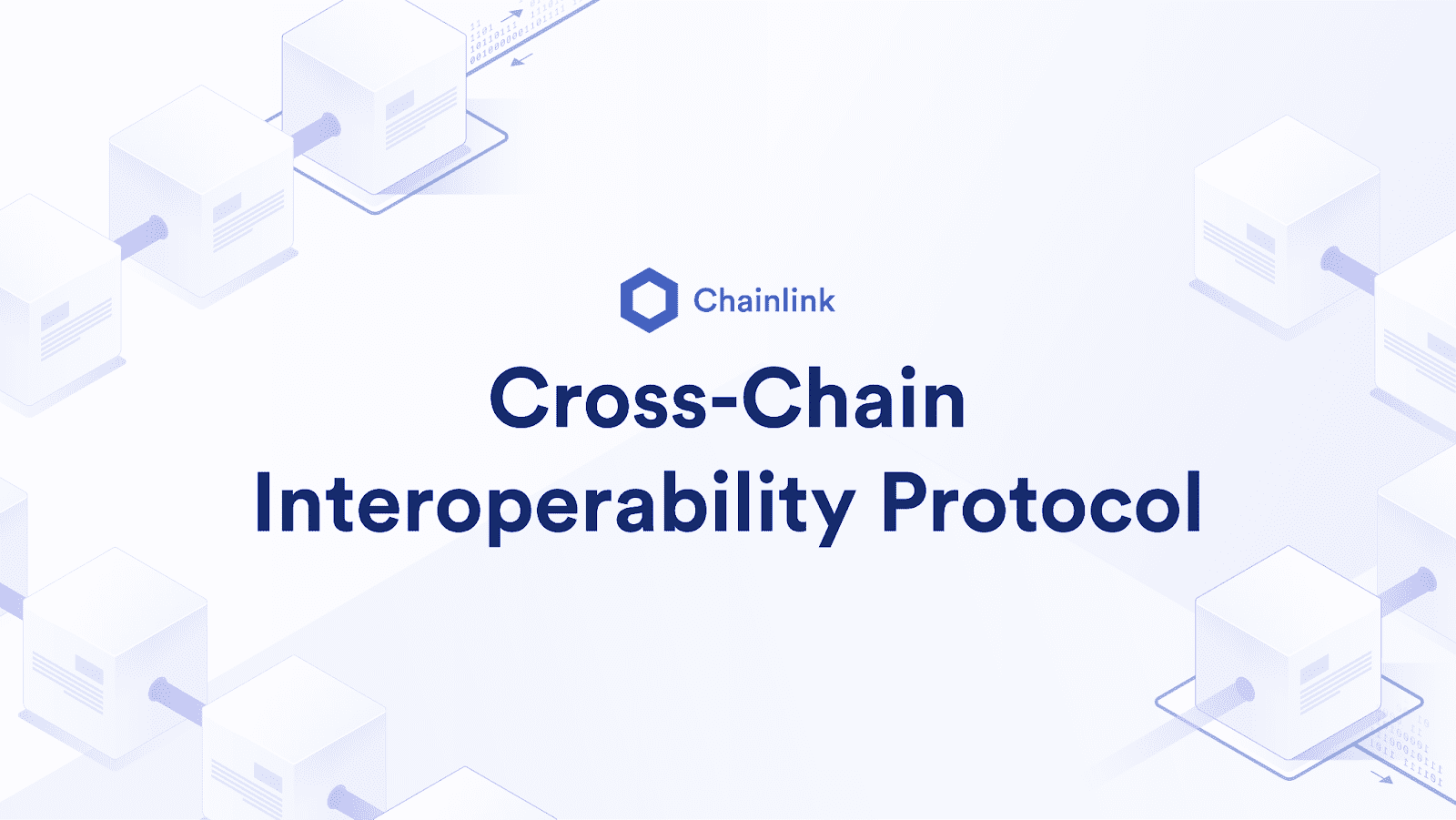Cross-chain interoperability is quickly becoming a hot topic in the blockchain space. With its ability to bridge the gap between different blockchains, it has the potential to revolutionize how different blockchains interact and how businesses leverage blockchain technology.
In this blog post, we will explore the current state of cross-chain interoperability, as well as what the future may hold. We will discuss the challenges that need to be addressed and the solutions that are being developed. We will also analyze how the implementation of cross-chain interoperability can benefit businesses and help foster the growth of blockchain technology.
What is Cross-chain Interoperability?
 Cross-chain interoperability refers to the ability of different blockchain networks to communicate and exchange data with each other. It allows for the transfer of assets and information between different blockchain platforms, providing a seamless experience for users and enabling the creation of more complex decentralized applications.
Cross-chain interoperability refers to the ability of different blockchain networks to communicate and exchange data with each other. It allows for the transfer of assets and information between different blockchain platforms, providing a seamless experience for users and enabling the creation of more complex decentralized applications.
In the traditional financial system, transferring money from one bank account to another is a straightforward process. However, this is not the case in the world of blockchain where each network has its unique architecture and set of rules.
For example, it is not possible to send Ethereum to a Bitcoin wallet without going through an exchange service. Cross-chain interoperability solves this issue by enabling seamless transfers between different blockchain networks without the need for intermediaries.
The importance of cross-chain interoperability lies in the fact that it facilitates collaboration between blockchain platforms, leading to increased efficiency and scalability. Moreover, it promotes healthy competition and innovation in the industry, ultimately benefiting the end-user. As the blockchain industry continues to evolve, cross-chain interoperability will become increasingly critical to achieve the full potential of decentralized technologies.
The Challenges Of Achieving Cross-Chain Interoperability
While the concept of cross-chain interoperability sounds promising, it poses several challenges that need to be addressed. One of the biggest challenges is the lack of standardization. There are numerous blockchains out there, each with its own set of rules and protocols. This makes it difficult to establish a universal standard for cross-chain communication.
Another challenge is the issue of security. Cross-chain transactions are vulnerable to attacks, especially if the chains have different levels of security. Ensuring that cross-chain transactions are secure and tamper-proof requires complex technical solutions.
Moreover, the complexity of implementing cross-chain interoperability can result in higher costs. Building the infrastructure needed to facilitate cross-chain communication requires a significant amount of resources, which may not be feasible for some projects.
Finally, the regulatory landscape can also pose a challenge. Different countries have different regulations when it comes to cryptocurrencies and blockchains. Harmonizing regulations across different jurisdictions can be a daunting task.
Overall, achieving cross-chain interoperability requires a concerted effort from the blockchain community, including standardization, security, cost-effectiveness, and regulatory harmonization. Addressing these challenges will pave the way for the realization of the full potential of blockchain technology.
Current Solutions for Cross-chain Interoperability
As the demand for cross-chain interoperability continues to grow, a number of solutions have been developed to tackle this challenge. Here are some of the most notable solutions currently available:
- Atomic Swaps: This is a trustless mechanism that allows for the exchange of one cryptocurrency for another without the need for a centralized exchange. Atomic swaps use smart contracts to facilitate peer-to-peer transactions across different blockchain networks.
- Sidechains: This is a separate blockchain network that is attached to the main blockchain and operates in parallel. Sidechains enable users to move assets between chains while retaining their original value and ownership.
- Interoperability protocols: These protocols allow different blockchain networks to communicate with each other, allowing for the exchange of data and assets between different networks. Examples of interoperability protocols include Polkadot and Cosmos.
- Bridging solutions: These solutions provide a bridge between two blockchain networks, enabling the transfer of assets between them. Some examples of bridging solutions include Wanchain and Arkane Network.
While these solutions have made significant progress towards achieving cross-chain interoperability, they are still in the early stages of development. As the blockchain industry continues to evolve, it is expected that we will see more innovative solutions emerging to tackle this challenge.
Future Trends in Cross-chain Interoperability
As blockchain technology continues to advance, cross-chain interoperability is expected to become more streamlined and efficient. One trend that is likely to gain traction in the coming years is the use of atomic swaps.
Atomic swaps allow for direct trading between two different blockchain networks without the need for a centralized exchange. This method of cross-chain trading is secure, efficient, and eliminates the need for third-party intermediaries.
Another trend that is gaining momentum is the use of blockchain bridges. Blockchain bridges enable the transfer of data and assets between different blockchains, which enhances the interoperability between them. This solution also allows for cross-chain smart contract execution, enabling decentralized applications to function seamlessly across multiple blockchains.
Additionally, cross-chain standardization is becoming increasingly important. The implementation of universal protocols and standards for cross-chain communication and interoperability will facilitate the seamless exchange of data and assets between different blockchains.
The Potential Impact of Cross-chain Interoperability on the blockchain industry
Cross-chain interoperability has the potential to revolutionize the blockchain industry by allowing for seamless communication between different blockchain networks. This would mean that assets and data can be transferred between blockchains without the need for a third-party intermediary.
Read Also: How to Sell a Gift Card on Raise
The impact of this could be enormous, as it would enable greater scalability, reduced transaction costs, increased security, and faster processing times. It could also enable the creation of more complex smart contracts and decentralized applications that can span across multiple blockchains.
Moreover, cross-chain interoperability could create new business models and opportunities for companies, such as the creation of decentralized exchanges that can operate across multiple blockchains. This could lead to increased liquidity and market efficiency, which could be particularly beneficial for small and medium-sized enterprises.
Overall, the potential impact of cross-chain interoperability on the blockchain industry is significant, and it could pave the way for a new era of decentralized applications and platforms. However, achieving true cross-chain interoperability will require continued research, development, and collaboration among blockchain developers, stakeholders, and regulators.
Conclusion
In conclusion, cross-chain interoperability is a crucial aspect for the future growth and success of the blockchain industry. While it presents several challenges, such as scalability, security, and consensus mechanisms, it is essential to ensure seamless and efficient communication between different blockchains.
Currently, there are several solutions for achieving cross-chain interoperability, including atomic swaps, sidechains, and cross-chain bridges. However, there is still room for improvement and innovation, as developers work towards creating more efficient and secure methods of achieving interoperability.
The future trends in cross-chain interoperability look promising, with the introduction of new technologies like Polkadot and Cosmos, which aim to create an interconnected ecosystem of blockchains. Additionally, there is an increasing focus on creating standardized protocols that can be implemented across different blockchains.
Overall, the potential impact of cross-chain interoperability is immense, as it enables increased scalability, improved user experience, and enhanced functionality. It has the potential to facilitate seamless communication between different blockchain networks, which could ultimately lead to increased adoption and mainstream acceptance of the technology.

